Blast Nozzle Selection Guide (VIDEO)
Consider these factors when choosing an abrasive blast nozzle for your job.
Jump to:
Nozzle Selection and Maintenance Video
Watch us put different nozzles to the test here:
Nozzle Shape
A nozzle's bore shape determines its blast pattern. Nozzles generally either have a straight bore or a restricted, Venturi bore.
Straight Bore
Create a tight blast pattern for spot blasting or blast cabinet work. Best for smaller jobs such as parts cleaning, weld seam shaping, cleaning handrails, steps, grillwork, or carving stone and other materials.

Venturi Bore
Create a wide blast pattern and increase abrasive velocity at the nozzle. Venturi nozzles are the best choice for greater productivity when blasting larger surfaces.
Long Venturi style nozzles yield about a 40% increase in productivity compared to straight bore nozzles, while abrasive consumption can be cut approximately 40%.

Blast Pattern Comparison
Besides straight bore and Venturi nozzles, there are many kinds of nozzles that can help you achieve different blast patterns.
| SLV Nozzle | Short Venturi Nozzle | Fan Nozzle | XL Performance Nozzle |
 |
 |
 |
 |
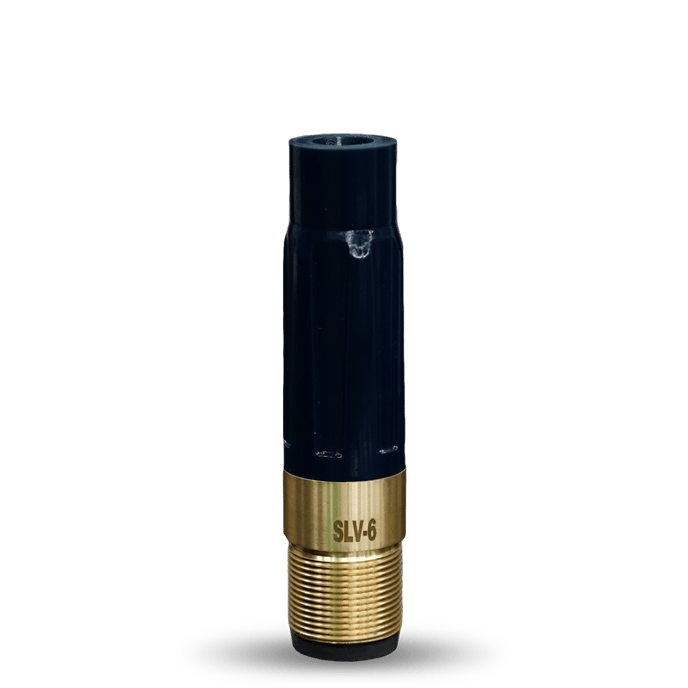 |
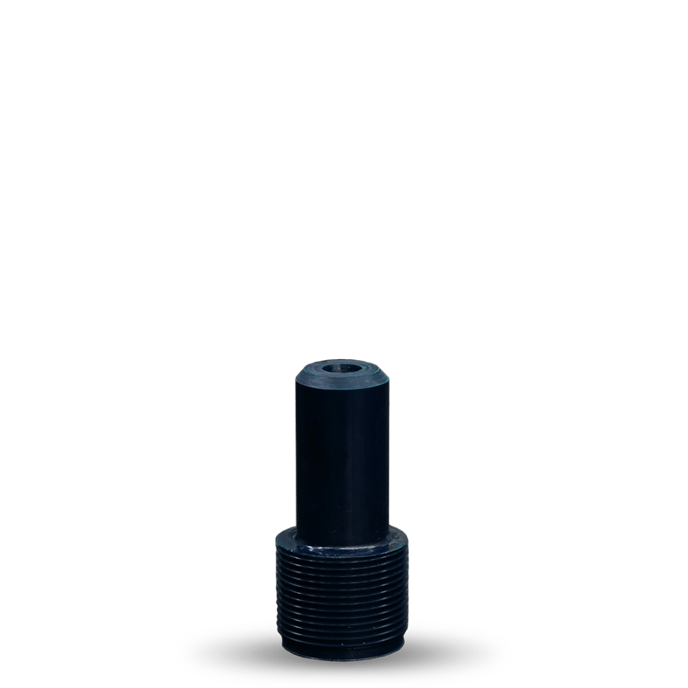 |
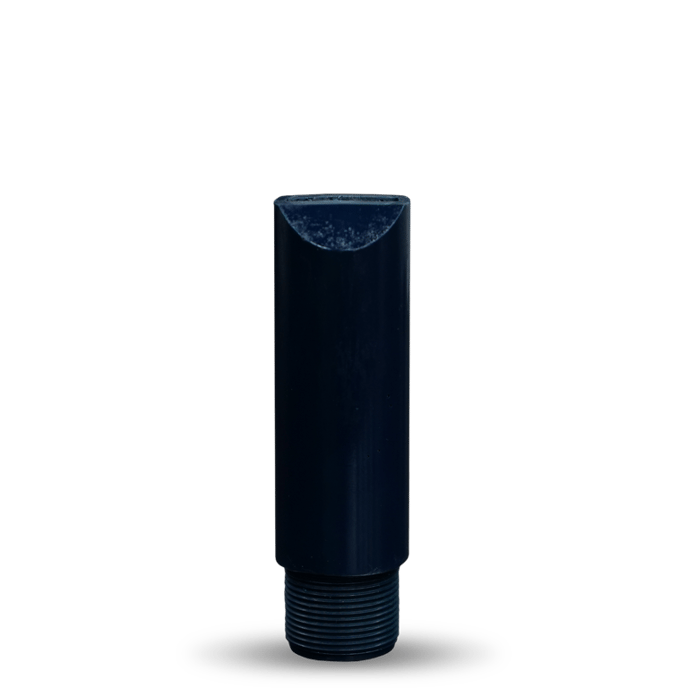 |
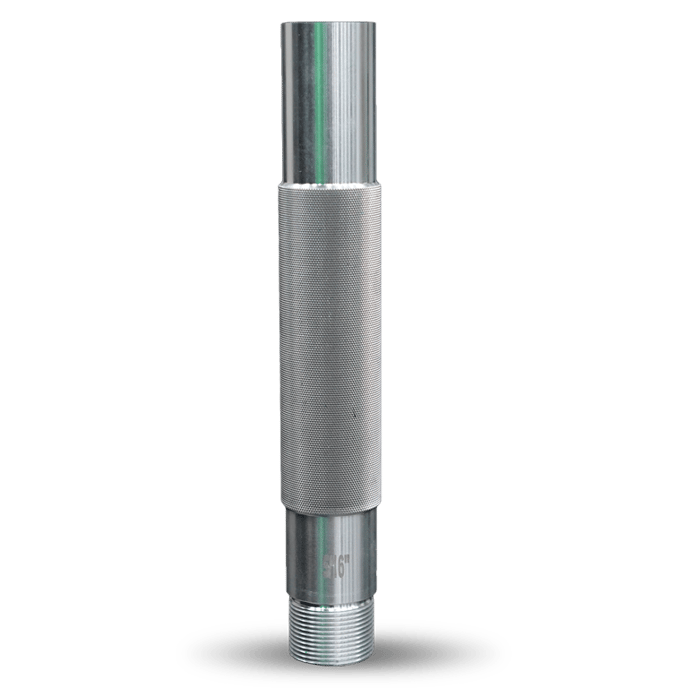 |
| Good all-purpose nozzle. | Produces a small, tight pattern. | Good for wide, sweeping removal. | Speeds up velocity at the nozzle. |
| Shop SLV Nozzles | Shop Short Venturi Nozzles | Shop Fan Nozzles | Shop XL Performance Nozzles |
Nozzle Size & Your Air Supply
Nozzles are measured by their inner diameter, which is expressed as a number. The number size represents 1/16" increments.
So if you have a #5 nozzle, it has a 5/16" inner diameter, and a #6 nozzle has a 3/8" inner diameter.
To find your most productive nozzle, determine the following:- What volume of air your available compressor can supply per minute (CFM)
- Your desired nozzle pressure (PSI) you want to maintain for productive blasting
Next, consult the chart to find the nozzle orifice size that meets those parameters.
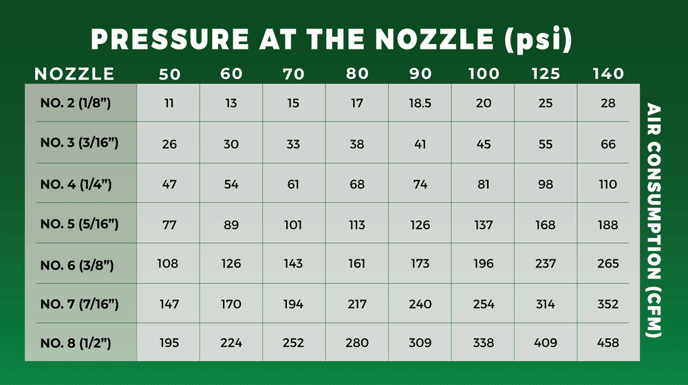
Download and/or print a complete version of the nozzle air flow chart by clicking here.
Quick Rule of Thumb
For the DB500 Mobile S and DB500 Mobile XL, which use a 185 CFM compressor, we recommend a 5/16" (#5) nozzle.
For the DB800 Mobile XL, which uses a 300 CFM compressor, we recommend a 3/8" (#6) or 7/16" (#7) nozzle.
Wear Increases Nozzle Size
Nozzles wear out. Abrasive passing through the nozzle will wear away the lining, enlarging the orifice. A worn nozzle requires more volume per minute to maintain your target pressure.
Check nozzle wear with the drill bit test.
You can use a drill bit to measure wear. If a 3/8" drill bit will pass through your #5 nozzle, it is now worn down to a #6. If a 7/16" bit fits through it, it's now a #7 and so on.
Can you still use a worn out nozzle?
It depends on what compressor you have. Consult the chart above to make sure you can maintain proper pressure. If your nozzle orifice becomes too large, you'll start losing pressure, and you'll want to get a new nozzle.
Purchase replacement blast nozzles here.
Nozzle Material
Nozzles come in a variety of materials, one of the most popular being Tungsten Carbide. All of the SLV nozzles we supply with Dustless Blasting machines are Tungsten Carbide, which provide long life and durability, even under rough handling.
What is the lifespan?
Using the system wet, the nozzles last a very long time — years of life. Because water eliminates the friction, there is very little wear on the nozzle.
It's difficult to put an exact life expectancy on them because of how different each operator will use them. Wet or dry blasting, differences in grit size and aggressiveness, and many other factors will affect the lifespan. But if you use the system wet, you can expect to keep the same nozzle for a very long time.
